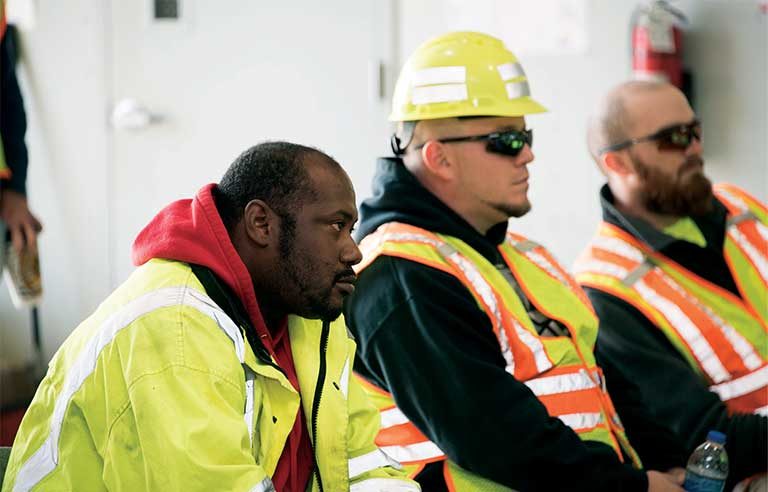Safety education vs. safety training
When it comes to safety, what are the big differences between education and training?

Responding is Ray Prest, director of marketing, SafeStart, Belleville, Ontario.
Many safety managers conflate education and training. The two play different, but complementary, roles in a well-rounded safety learning process. Although you might not know it, you already use both training and education methods, and getting the right mix will go a long way toward improving safety outcomes.
Training is teaching people specific skills or actions. It tends to be focused and tactical, such as showing someone how to move the forks on a forklift. Education is helping others develop a better understanding of concepts. It tends to be broader and more theoretical, such as helping someone recognize how being distracted while operating a forklift could increase the likelihood of an incident. In short, it’s the difference between learning general knowledge and developing a working knowledge of something with reliable actions, habits and outcomes.
An effective safety management system will have a healthy combination of education and training. After all, it’s a lot easier to learn and follow lockout/tagout procedures if you understand how electricity works. Conversely, it’s great to understand the theoretical dangers posed by electricity, but that knowledge won’t do much good unless you’ve been trained on how to make use of it in the workplace.
Safety education typically comes first, to ensure workers have a good foundation of knowledge on which skills can be built. In more than two decades of teaching workers about human factors, we’ve found that it’s much easier to train people on personal safety skills after they’ve been educated on the ins and outs of the dangers of human factors.
Education typically happens in a classroom setting – often a combination of lecture-style teaching, PowerPoint presentations and workbook exercises – while training tends to be more hands-on and practice-oriented. The two aren’t mutually exclusive. We’ve had success blending some elements of training in classroom educational sessions, as well as using training activities on the shop floor to connect specific skills to the general concepts that inform the training.
This interplay allows you to strategically adjust your mix toward training to offset some limitations of education – most notably, time, efficacy and behavior change. Classroom time can be reduced by adding training to alleviate logistical and labor costs. After-class training mitigates the dramatic effects of the forgetting curve to help people remember what was taught in class. Additionally, ongoing training offers repetition to solidify learned concepts into new habits.
Other valuable ways to connect education and training include robust toolbox talks, the use of safety posters and safety refresher sessions. Perhaps the best way to reinforce education while furthering training goals is for supervisors to provide one-on-one direction and feedback. It takes a certain level of skill on their part – yes, supervisors sometimes need training on how to play a role in training – but they’re in an ideal position to help workers link concepts learned in the classroom with skills they need to use on the job.
A bias toward training doesn’t diminish the value of education. Quite the opposite. Getting people together to learn something new signals a strong company commitment to safety. But using frequent training sessions to support classroom education offers one more strong benefit: Embedded within daily operations, it builds a powerful workplace safety climate.
Editor's note: This article represents the independent views of the author and should not be construed as a National Safety Council endorsement.
Post a comment to this article
Safety+Health welcomes comments that promote respectful dialogue. Please stay on topic. Comments that contain personal attacks, profanity or abusive language – or those aggressively promoting products or services – will be removed. We reserve the right to determine which comments violate our comment policy. (Anonymous comments are welcome; merely skip the “name” field in the comment box. An email address is required but will not be included with your comment.)

